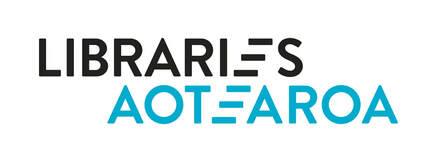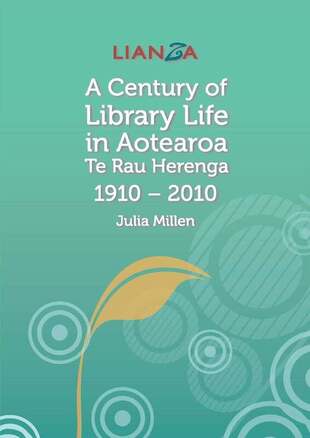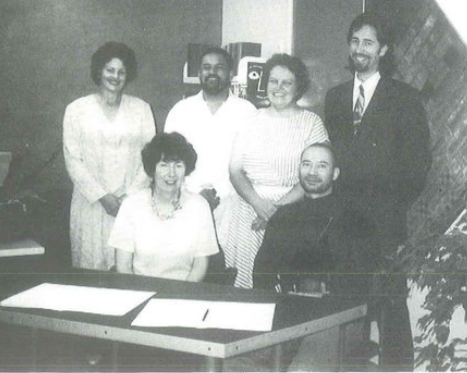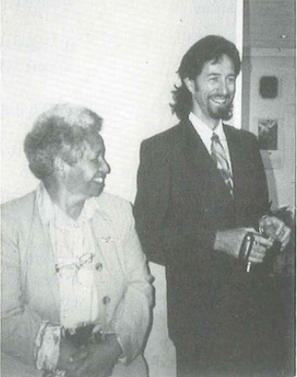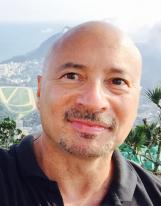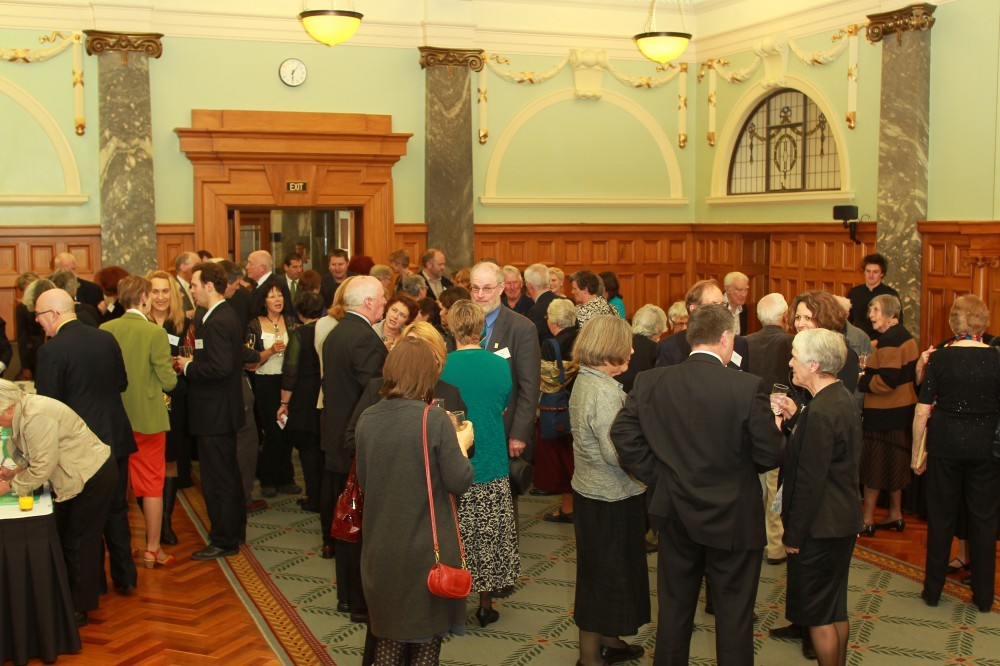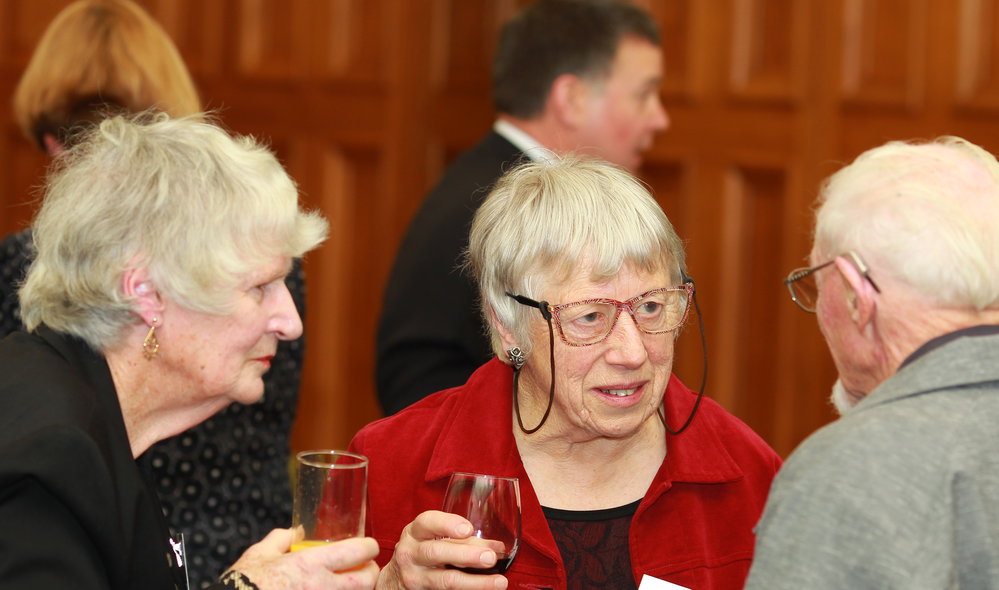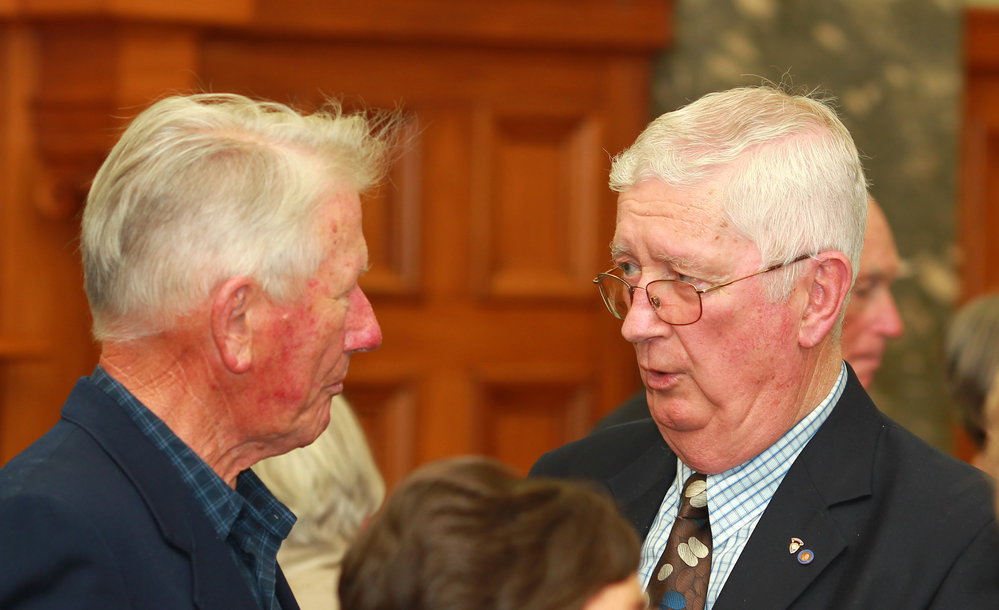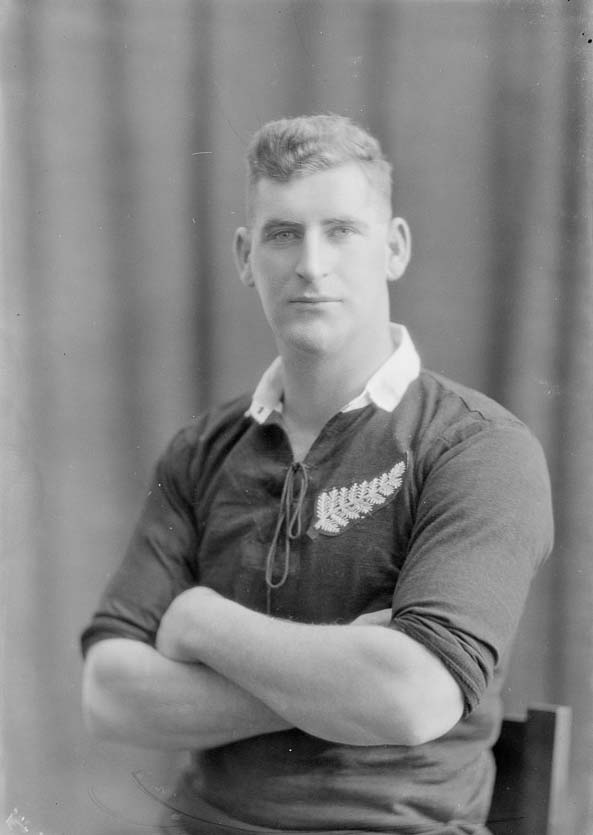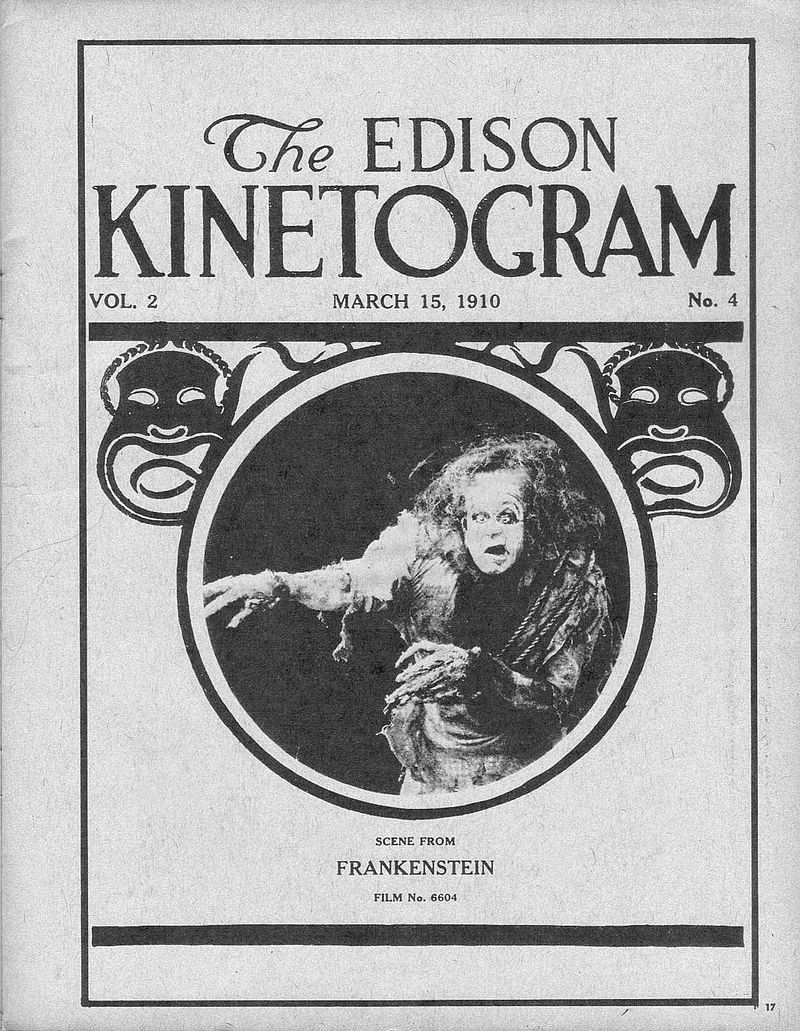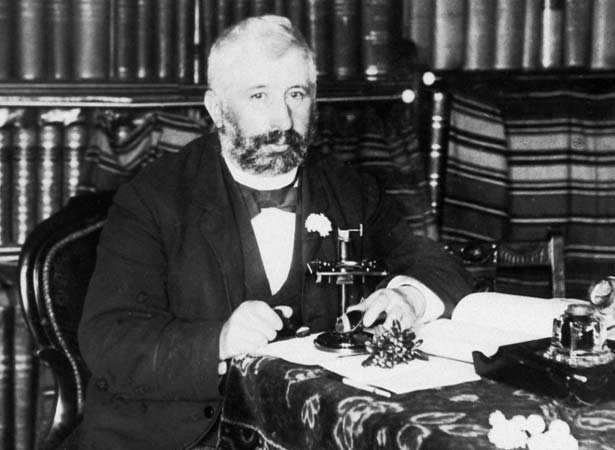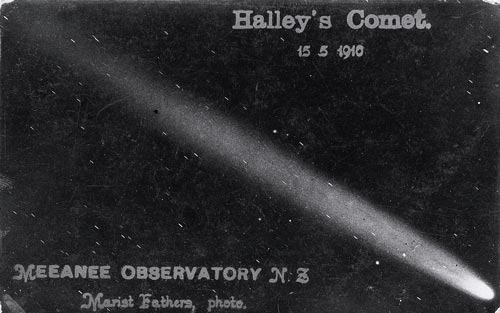|
This year – 2020 – marks 110 years since LIANZA was established and the 25th anniversary of our Partnership Agreement with Te Rōpū Whakahau – the first stage of our development as a bicultural organisation. To some LIANZA members born after the late 80s it might be strange to imagine a time before the library and information profession embraced biculturalism. Then again, some might say we still have plenty of work to do! We talked with Founding Member of Te Rōpū Whakahau, and Chief Librarian Alexander Turnbull Library, Chris Szekely and asked him to share some memories of that time. We've also dug through the archives to find some old photos, and memories. It is timely that we now have access to a digital version of Te Rau Herenga, a century of library life in Aotearoa. The theme of this issue is Looking Back, Looking Forward, please join us as we do just that! |
Happy Anniversary to LIANZA and Te Rōpū Whakahau!
To some LIANZA members born after the late 80s it might be strange to imagine a time before the library and information profession embraced biculturalism. Then again, some might say we still have plenty of work to do!
We’ve been looking back through the LIANZA archives and found this report from Library Life, March 1995, Issue number 189:
We’ve been looking back through the LIANZA archives and found this report from Library Life, March 1995, Issue number 189:
February 3, 1995 saw the New Zealand Library & Information Association: Te Rau Herenga o Aotearoa complete the first stage of its development as a bicultural organisation. The Partnership Agreement was signed on that day in the NZLIA Office.
The signing of the Agreement (which will be reviewed annually) formalises the active cooperation between the two organisations established over the past few years. The Futures Group Report in 1990 began the process but it was kick-started at the hui held at Tira Hou marae in February, 1991. That hui was called “Te Hikoi Marama ma te Tira Hou” (“a clear path for the new generation”).That path has been both carefully developed and followed in an atmosphere of open communication and cooperation.
|
One of the Future Group report’s key recommendations was that a commitment to the principles of the Treaty of Waitangi be inserted into the Association’s mission statement. In November 1992, Te Rōpū Whakahau was formed.
Library Life caught up with Founding Member of Te Rōpū Whakahau, Chris Szekely and asked him to share some memories of that time. Were you at Tira Hou hui? What are your memories of this time? Yes, I was one of the organisers of the Tira Hou hui. My sister was a ringa wera in the whare kai. We had fried bread and steam pudding. The first edition of Te hīkoi mārama, a directory of Maori information resources was released that year. That’s the connection with the name of the hui. ‘Te hikoi mārama’ was roughly translated as ‘the clear or enlightened journey.’ |
Sue Pharo, the boss at Tauranga District Libraries, held a bicultural portfolio as a councillor on the NZLA Council. She led a discussion at the hui on The Futures Report, and the possibility of establishing a bicultural special interest group.
Dr Spencer Lilley wrote a paper called Bicultural Evaluation of New Zealand Public Library Websites (NZLIMJ, Vol 53, Issue No 1, Feb 2013) in 2013. In it he mentions the newly formed LIANZA Special Interest Groups and the role they played. He says:
Dr Spencer Lilley wrote a paper called Bicultural Evaluation of New Zealand Public Library Websites (NZLIMJ, Vol 53, Issue No 1, Feb 2013) in 2013. In it he mentions the newly formed LIANZA Special Interest Groups and the role they played. He says:
As a highly motivated group of professionals intent on change, the SIG members encouraged libraries and librarians to become proactive in their engagement with Māori, increase their knowledge of the Treaty of Waitangi and Māori culture and to deliver services that meet the needs of Māori clients. This momentum was maintained through regular hui (meetings), articles in Library Life and lobbying at Council and regional levels throughout the Association. In 1992, the themes of biculturalism and the Treaty of Waitangi featured prominently at the N Strategy Conference in Nelson, with the scene being set by a resource paper on the Treaty of Waitangi co-ordinated by Dick Grace (1992). In November 1992, Te Rōpū Whakahau was formed and added a strong Māori dimension to the profession. The N Strategy momentum was continued in 1993 with the publication of the first of the Te Ara Tika reports (MacDonald, 1993), which provided an overview of biculturalism in the profession, with a particular focus on the role of public libraries and Ka Mahi Tonu in 1994 (Garraway & Szekely, 1994).’ |
Chris, does this align with your memories? Are you able to expand on this at all?
Yes, broadly speaking. But there were other things in play as well. 1990 was New Zealand’s sesquicentennial, and there was a national focus on whether the signing of the Treaty was something worth celebrating. Instead the other C word, was chosen: ‘commemoration’ not ‘celebration.’ It became possible to make Treaty claims stretching back to 1840 and the Kohanga Reo movement was hitting its stride.
The NZLA as it was then known, released the Futures Report which led to the N Strategy, which gave a focus to bicultural matters. There was a name change, a special interest group, the Te Ara Tika research project, the emergence of Te Rōpū Whakahau, all of which channelled into the partnership agreement. I was pleased to have a hand in drafting that.
There were some terrific advocates, among them a line of very supportive presidents. These included Sue Sutherland, Sue Pharo, Ainslie Dewe, and Diane Maloney. Dick Grace and Helen Woodhouse co-led the NZ Strategy bicultural working group. And a bunch of Māori from within the profession came out of the woodwork to lend support and ultimately co-drive the process.
I have been asked to attend part of the LIANZA planning hui later this year to provide some background and context. That gives me time to search my memory banks and archive, and prepare something that more methodically lays out a few key moments. There were lots of people from all around the country who made valuable contributions to a really important bicultural movement.
It’s great that LIANZA and Te Rōpū Whakahau are recognising the 25 year anniversary of the partnership. It was a huge milestone for both associations.
We’ll follow up with you after the planning hui to hear what memories surfaced! Tēnā rawa atu koe, Chris! Thanks for talking with Library Life.
2010 Centenary Celebrations
In 2010 LIANZA members gathered in Parliament's Grand Hall to celebrate the 110th anniversary of our organisation. Nathan Guy said on the night:
This centenary is a tribute to the dedication, commitment and passion of those involved in the Library sector over the last 100 years.
It's very appropriate we host this celebration here in Parliament as this is the home of one of New Zealand's first institutional libraries, the General Assembly Library, formed in 1858.
This is now known as the Parliamentary Library, and I understand Moira Fraser, the Parliamentary Librarian is here tonight. They still do a great job for MPs and the wider public with the fantastic information they provide.
He went on to talk about the role of libraries and the library profession in our society:
Libraries have a crucial role to play in a free, democratic society.
They are trusted civic spaces, giving New Zealanders from all walks of life the chance to explore new ideas, as well as our own rich history.
As the Minister responsible for the National Library I‘ve found the Library profession to be skilled, dedicated and ambitious.
People in this sector are passionate about what they do and deliver. They embrace technology and change, and the sector has positioned itself well to remain relevant to the society it supports.
We found some photos from the event on Recollect!
Did you know that the first National Librarian was an All Black?
|
This was how Julia Millen was introduced on the Good Morning show – while she was promoting A Century of Library Life in Aotearoa: Te Rau Herenga 1910-2010.
Geoffrey Alley was an All Black lock and a farmer, and then became involved in adult education and library services. He became New Zealand’s first national librarian. Written to celebrate 100 years of The Libraries Association of NZ (also known as The NZ Library Association and of course LIANZA), Julia traced the organisation from its inception in 1910 in Dunedin to its current status as a vibrant and professional voice in the new millennium. At its centennial in 2010, LIANZA took the opportunity to celebrate many pioneering achievements, notably the interloan networks, establishment of the Country and School Library Services, the Library School and training courses for librarians, and the National Library which came into being after two decades of bitter and hard-fought battles. LIANZA has also faced serious financial and other internal problems which have threatened its very existence. The launch of the book was an integral part of the 2010 centennial celebrations. It is timely that we now have access to a digital version of the book thanks to the work of the National Library digitisation team. |
What else was happening in the world in 1910?
|
Nicole Thorburn, our resident heritage geek, did some digging to find out what was happening in 1910.
Nicole Thorburn is a library assistant and heritage geek at Thames-Coromandel District Libraries. She studied history at the University of Waikato, and worked in both museums and archives before moving into libraries. |
|
